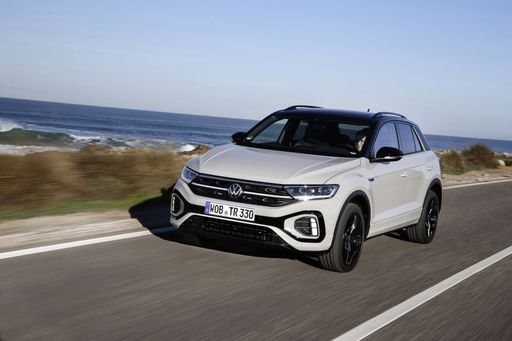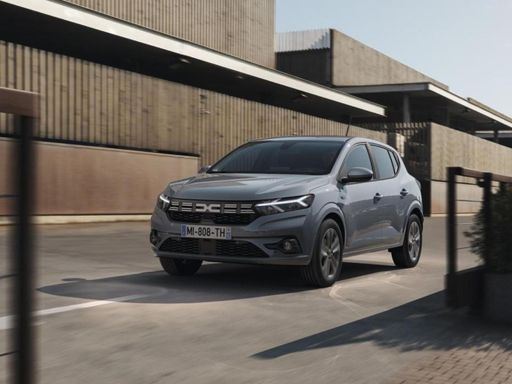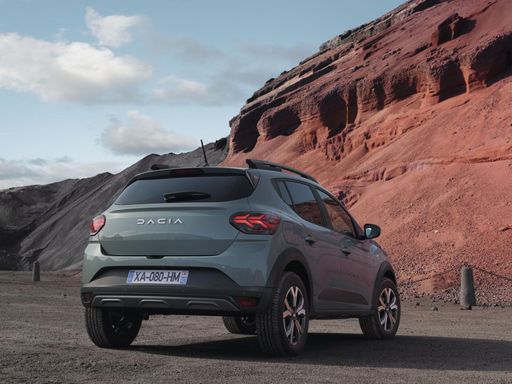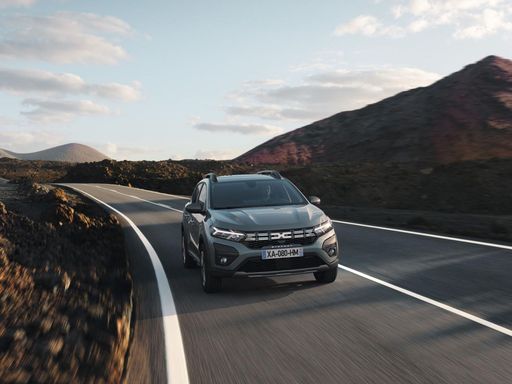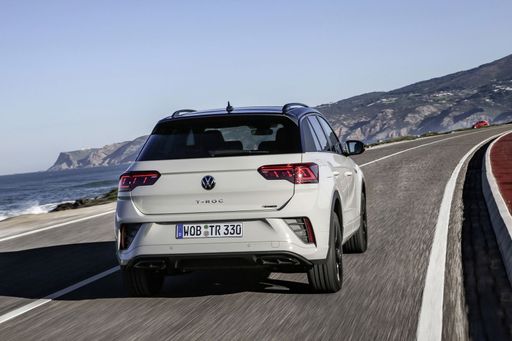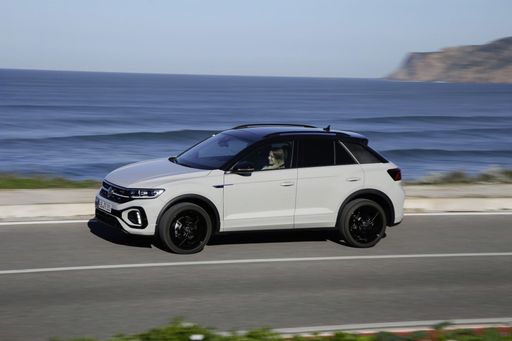Dacia Sandero vs. VW T-Roc: A Clash of Classes
The automotive world is often defined by stark contrasts, none more evident than in the match-up between the Dacia Sandero and the VW T-Roc. These models, a hatchback and an SUV respectively, epitomize varied driving experiences, technical specifications, and market niches. Let's delve into their distinctive attributes to offer insight into these automotive contenders.

